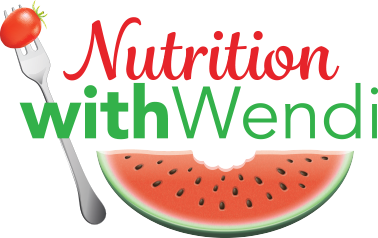
Food Freedom Made Simple
Food Freedom Made Simple A term you may see a lot of on social media lately is “food freedom”. This ideology, if you will, is combatting old practices of dieting and instead giving individuals the freedom to eat foods without…

